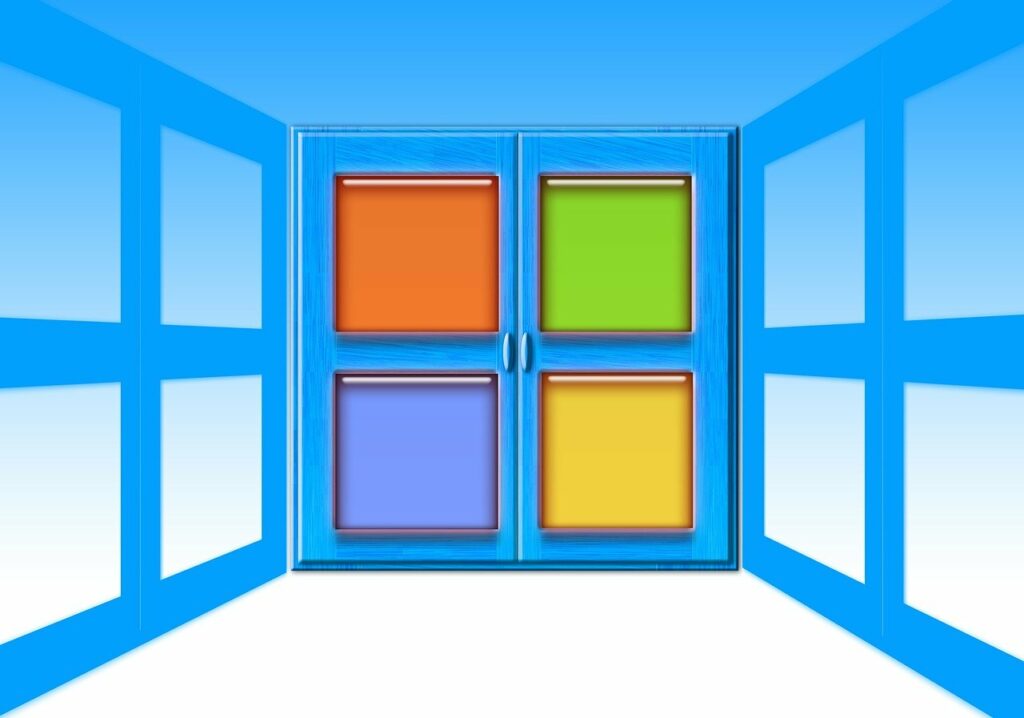Instructions on How to Improve the Performance of Windows 11 in the Year 2025

Instructions on How to Improve the Performance of Windows 11 in the Year 2025
Since its initial release, Windows 11 has undergone significant development, resulting in a more streamlined user interface, more productivity functions, and enhanced compatibility with contemporary hardware. On the other hand, just as with any other operating system, performance might gradually decrease over time as a result of background applications, lengthy starting procedures, or settings that have become obsolete.
The good news is that high-level technical expertise is not required in order to optimize Windows 11 for speed and performance. In the year 2025, you may make your personal computer work more smoothly and quickly by performing a few maintenance tasks and making a few adjustments.
1. Ensure that Windows and Drivers are always up to date.
Microsoft is known for releasing updates on a regular basis that serve to enhance performance, security, and stability. Make sure that Windows Update is active and that all of your system drivers, particularly those for your graphics processing unit (GPU), chipset, and network, are constantly up to date.
- Navigate to the Settings menu, then choose Windows Update, and then select Check for updates.
- Update drivers by using the Device Manager or the tools provided by the vendor (NVIDIA, AMD, or Intel).
2. Turn off any startup applications that aren’t absolutely essential
Boot times might be slowed down when there are an excessive number of applications that launch during startup. To improve efficiency, one of the simplest things to do is to disable any starting apps that are not being utilized.
- Start the Task Manager by pressing Ctrl, Shift, and Esc.
- It is recommended that you go to Startup Apps and deactivate any applications that you do not need immediately, such as Spotify, Teams, or third-party launchers.
3. Uninstall any unnecessary applications and bloatware.
The majority of the time, Windows 11 comes with pre-installed applications that you may never use. The removal of these applications might free up storage space and minimize activity in the background.
- To remove programs that aren’t essential, go to Settings > Applications > Installed applications.
- You may want to think about deleting the “suggested” or promotional applications that come with Windows 11.
4. Make the most of your storage space by using cleanup tools
Messy storage might cause your system to run more slowly. It is possible to eliminate temporary files, system cache, and outdated Windows updates by using either Storage Sense or the Disk Cleanup application.
- To activate automatic cleaning, go to Settings > System > Storage > Storage Sense and then tick the box.
- In order to get an immediate improvement in speed, delete temporary files manually.
5. Modify the Visual Effects Regarding the Speed
The animations and visual effects that come with Windows 11 seem fantastic, but they may have an impact on performance on older systems. You are able to switch to a mode that is focused on performance:
- While holding down the Windows key and the R key, type sysdm.cpl and then press the Enter key.
- Select Adjust for optimum performance or tailor individual effects to deactivate by going to Advanced > Performance Settings and selecting the option you want to use.
6. Activate the Game Mode and the Hardware Acceleration feature.
Even if you are not actively gaming, the Game Mode in Windows 11 helps ensure that resources are distributed more effectively. The performance of applications (such as browsers) may also be improved by using hardware acceleration.
- Go to the Settings menu, then choose Gaming, and then turn on Game Mode.
- The settings menu of browsers such as Chrome and Edge should be accessed to enable hardware acceleration.
7. Manage applications that run in the background
Certain applications are able to operate in the background in Windows 11, which might cause the system’s resources to be depleted. Improving speed may be accomplished by turning off superfluous ones.
- To disable applications that you do not use, go to Settings > Privacy & Security > Background apps and turn them off.
8. You should upgrade your hardware if it is necessary.
There is no amount of software modification that can make up for hardware that is out of date. Please try updating your system if it is running slowly:
- Increase the amount of random access memory (RAM) on your computer.
- A switch to solid-state drives (SSD) will result in much quicker boot and load times.
- Enhance your graphics processing unit (GPU) if you deal with intensive graphics or video editing jobs.
9. Utilize the Performance Troubleshooter offered by Windows 11
Integrated troubleshooters are included in Windows 11, and they have the ability to automatically identify and resolve performance problems.
Perform the Performance troubleshooter by going to Settings > System > Troubleshoot > Other troubleshooters and then running the task.
10. Restart your computer on a regular basis.
A significant number of professionals do not restart their personal computers for many days. Memory leaks can be addressed, stalled programs can be closed, and performance can be improved by restarting the computer.
11. Tips for Power Users with Advanced Concepts
If you are aware of which services may be terminated without risk, you can disable superfluous services by using the msconfig command.
- For improved data organization, defragment hard disk drives (HDDs) rather than solid-state drives (SSDs).
- When it comes to thoroughly clearing temporary files and registry entries, it is recommended to make use of third-party applications such as CCleaner.
In conclusion, optimizing Windows 11 in the year 2025 is only concerned with striking a balance between performance and convenience. If you do routine updates, clear up junk, and make adjustments to settings, your personal computer might seem as if it were brand new. These tweaks have the potential to create a discernible impact in boot times, program responsiveness, and any other aspect of the user experience, provided that your hardware is up to date.




